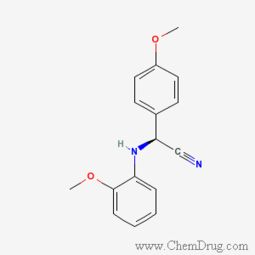Tone, Tint, Shade: A Comprehensive Guide
Understanding the nuances of color can be a fascinating journey. Whether you’re an artist, a designer, or simply someone who appreciates the beauty of color, knowing the difference between tone, tint, and shade is crucial. In this article, we’ll delve into the intricacies of these color terms, providing you with a detailed and informative guide.
What is Tone?

Tone refers to the lightness or darkness of a color. It’s essentially the color’s value, which can range from black to white. When you add black to a color, you increase its darkness, and when you add white, you lighten it. For example, adding black to red creates a darker red, while adding white creates a lighter red. Tone is what gives a color its depth and dimension.
What is Tint?

A tint is a color that has been lightened by adding white. It’s a mixture of a color and white, which makes the color appear more delicate and less intense. For instance, if you take a pure blue and add white to it, you get a light blue tint. Tints are often used in art and design to create a sense of softness and subtlety.
What is Shade?

Shades, on the other hand, are created by adding black to a color. This darkens the color and makes it appear more intense and rich. For example, adding black to yellow creates a darker shade of yellow, known as a “olive.” Shades are often used to add depth and contrast to a composition.
Understanding the Differences
Here’s a table summarizing the key differences between tone, tint, and shade:
| Attribute | Tone | Tint | Shade |
|---|---|---|---|
| Created by | Adding black or white | Adding white | Adding black |
| Effect on color | Darkens or lightens | Lightens | Darkens |
| Example | Black added to red | White added to red | Black added to yellow |
As you can see, the primary difference between tone, tint, and shade lies in the color they are mixed with (black, white, or both) and the resulting effect on the color’s value and intensity.
Practical Applications
Understanding tone, tint, and shade is essential in various fields, such as art, design, and fashion. Here are some practical applications of these color concepts:
-
In art, artists use tone, tint, and shade to create depth and dimension in their work. By mixing different tones, tints, and shades, they can create a wide range of effects, from subtle gradients to bold contrasts.
-
In design, designers use tone, tint, and shade to create a cohesive and visually appealing color scheme. They can use tints and shades to add interest and contrast to their designs, while maintaining a sense of harmony.
-
In fashion, designers use tone, tint, and shade to create outfits that flatter different skin tones and body types. By understanding the nuances of color, they can create clothing that is both stylish and flattering.
Conclusion
Mastering the concepts of tone, tint, and shade can greatly enhance your ability to work with color. Whether you’re an artist, a designer, or simply someone who appreciates the beauty of color, understanding these terms will help you create more visually appealing and cohesive works. So, the next time you’re working with color, remember to consider the tone, tint, and shade of each hue to achieve the desired effect.






